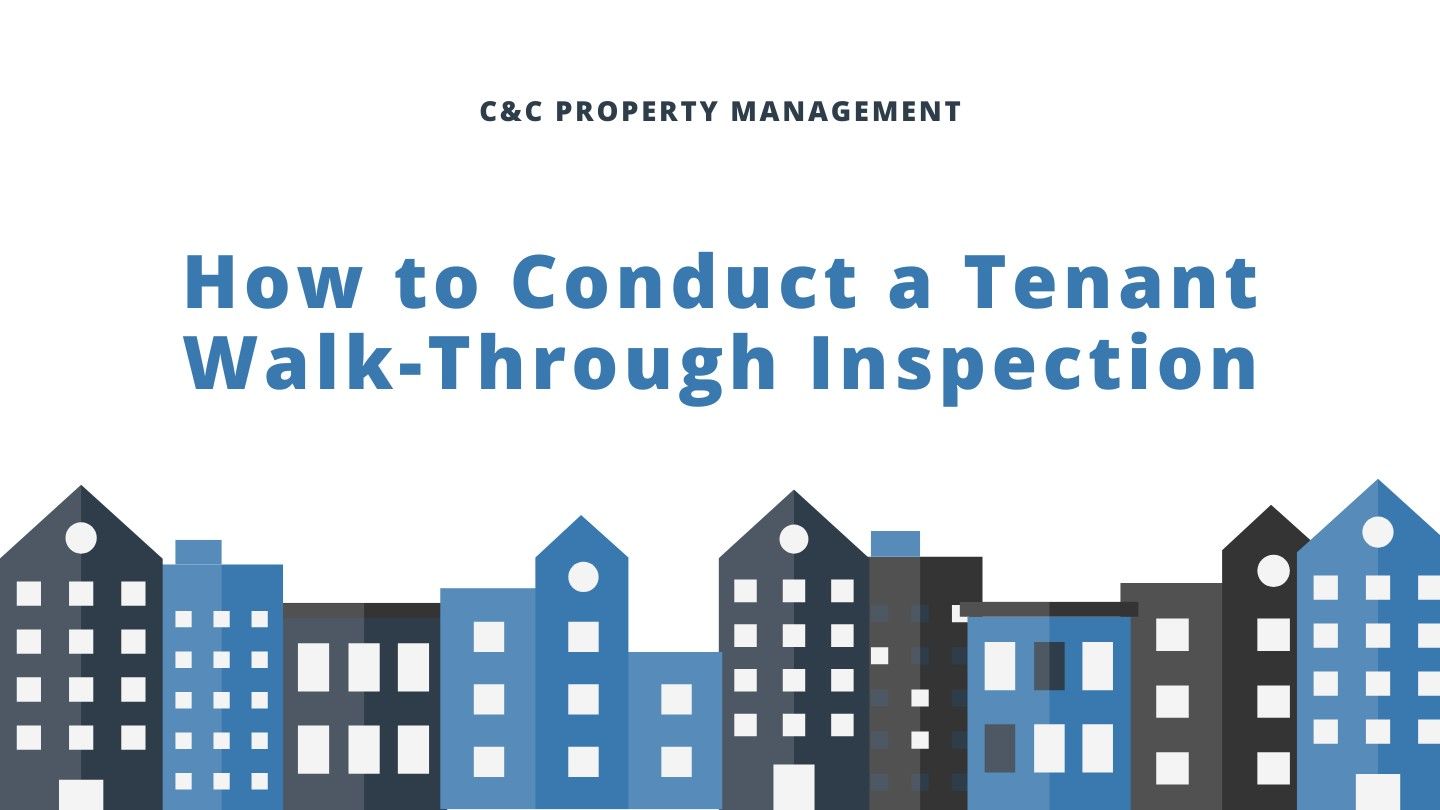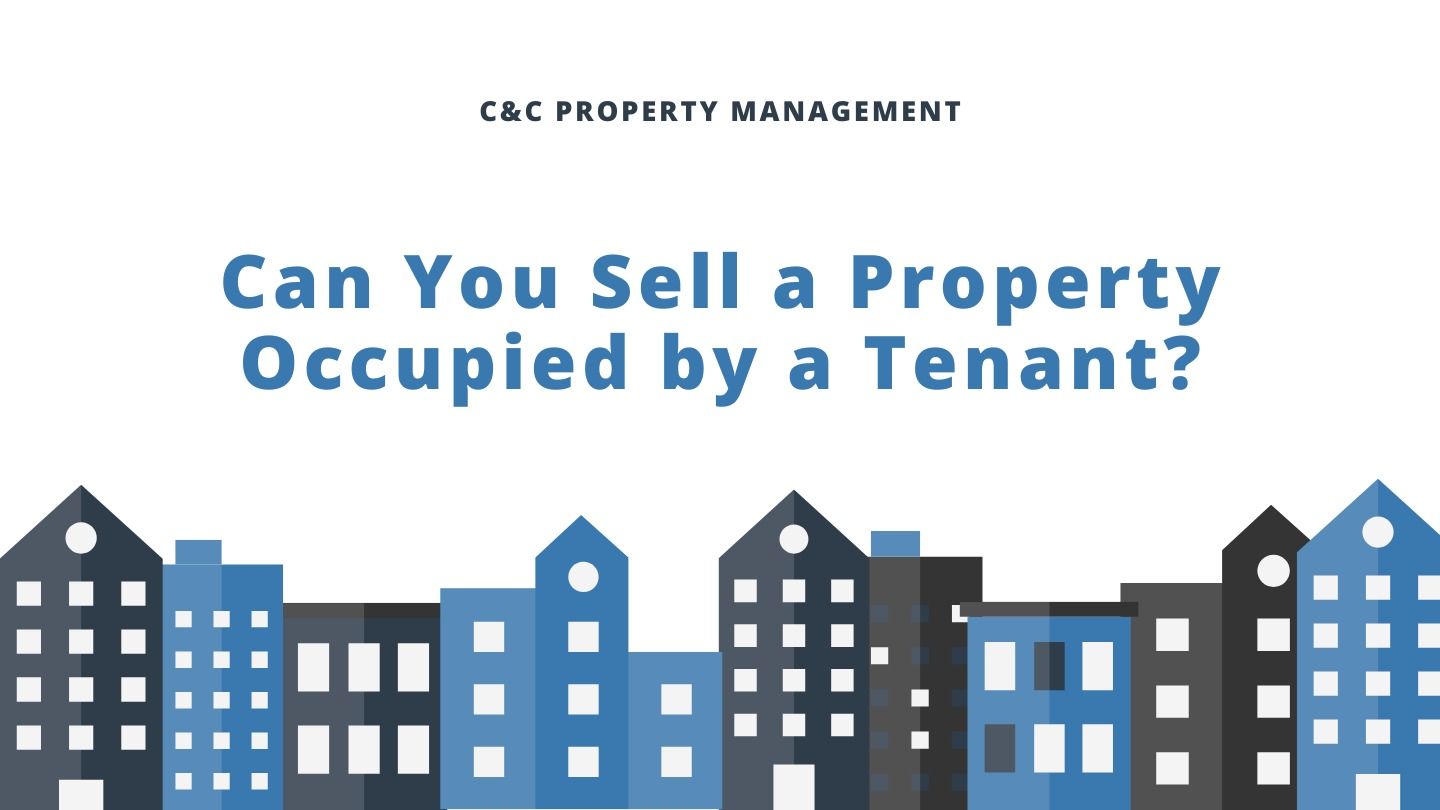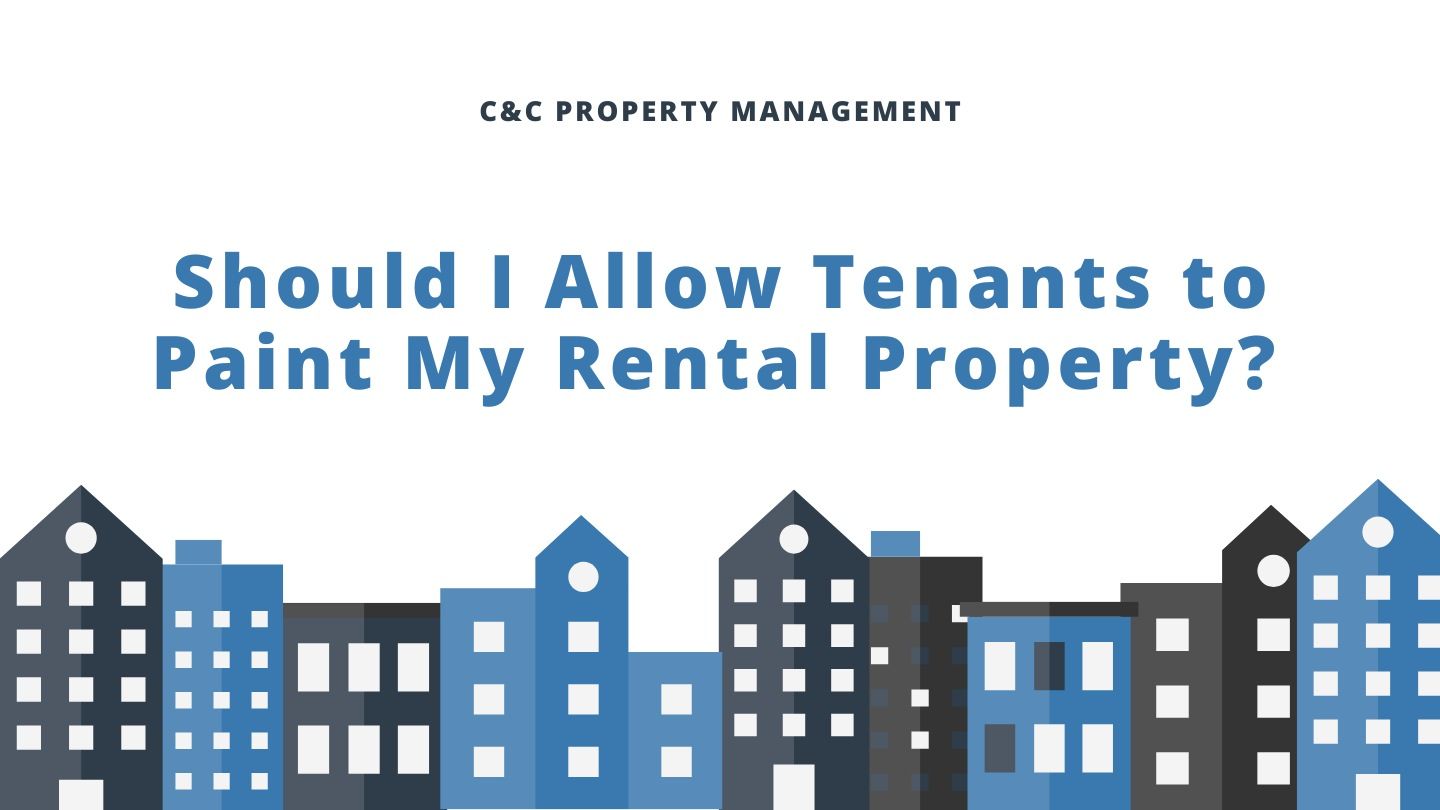What exactly is “Normal Wear and Tear”?
Normal wear and tear is a common term in the real estate world. It usually refers to a type of damage that occurs when a tenant lives in a rental property.
As a landlord, it’s important to know exactly what type of damage constitutes normal wear and tear and what doesn’t. Knowing this can help you know when you can hold a tenant liable for damages and when you can’t. It’s also recommended that the difference be outlined within the rental agreement.
This article will cover the difference between normal wear and tear versus damage.
What is Normal Wear and Tear in A Rental Property?
In California, normal wear and tear refers to the property damage that results from a tenant’s regular, everyday use of the property. It is devoid of carelessness, abuse, neglect, or misuse.
For instance, you can expect the flooring to have some dulling and slight discoloration over time. This can occur simply from having been walked on daily.
You can expect more wear and tear on a unit the longer a tenant occupies the unit.
On the other hand, property damage goes beyond normal wear and tear. It results from the tenant’s abuse, misuse, carelessness, or negligence. Unlike normal wear and tear, property damage doesn’t occur organically or naturally.
For instance, missing tiles or a smashed bathroom mirror wouldn’t occur as a result of normal, everyday use.
What Are Some Examples of Normal Wear and Tear on a Rental Property?
When renting out a property, certain aspects will inevitably deteriorate.

The following are some examples of damage that occur as a result of a tenant’s normal, everyday use:
Minor marks, scuffs, or nail holes on walls.
- Faded and worn carpet, or scratched hardwood flooring.
- Faded controls, minor dings, or scratches on appliances.
- Loose handles, minor dings, or scratches on cabinets.
- Loose handles or sticking doors.
- Cracked or faded window coverings.
- Peeling or faded paint.
- Loose shingles or minor leaks due to weathering.
- Natural wear of grass and plants.
- Worn or discolored switches.
- Discolored or loose outlets.
- Slow-draining toilets or sinks due to mineral buildup.
- Water stains or minor scratches on fixtures.
What Is Property Damage in a Rental Property?
This type of damage goes beyond normal wear and tear. It is the type of damage that occurs as a result of a tenant’s abuse, misuse, negligence, or carelessness.
The following are some examples of property damage in a rental property:
- Damaged or malfunctioning appliances such as refrigerators, stoves, or washing machines.
- Damage caused by pets, such as chewing, scratching, or accidents.
- Leaking pipes, clogged drains, or water damage caused by burst pipes.
- Overloaded circuits, faulty wiring, or damaged outlets.
- Infestation of rodents or pests that comes about as a result of the tenant’s careless actions.
- Intentional damage to the property, such as destroyed fixtures, broken windows, or graffiti.
- Unauthorized modifications to the unit, such as installation of new fixtures or new paint.
- Smoke stains, burn marks, or odors caused by smoking inside the unit.
- Please note, however, that these damages may not always be caused by the tenant. Negligence on the landlord’s part can also lead to property damage. For instance, damage that results from structural issues, inadequate design, or poor maintenance.
As a landlord, you must keep the rental property habitable at all times. Among other things, this means ensuring plumbing and electrical systems work, and that there is heating, running water, and working smoke and carbon monoxide detectors.

In addition, you must make the requested repairs on time. California specifically requires that landlords respond to repair requests from tenants within 30 days of getting notified.
If you fail to do so, the tenant may be able to do any of the following legally:
- Terminate the lease agreement without penalty.
- Sue you for any costs they incur due to the damage.
- Make the repairs themselves and deduct the costs from the rent.
- Withhold rent payments until the landlord makes the repairs. The repairs must, however, be serious to justify withholding rent.
When Can Landlords Make Deductions to the Tenant’s Security Deposit?
As a landlord, you may be able to pull from the tenant’s security deposit if the damage goes beyond normal wear and tear.
You must provide the tenant with an itemized list of deductions. This should include documents and receipts showing the actual charges you’ve incurred in terms of materials and labor. If the works are yet to be completed, you must make a good faith estimate deduction.
Next, you must return the portion of the deposit to the tenant within 21 days of moving out.
You can read more about the California security deposit rules on Civic Code 1950.5.
How Can a Landlord Track Tenant Damage in a Rental Property?
Always perform a move-in and move-out tenant walk-through inspection when renting out your property. A move-in inspection should help you document the property’s condition at the start of the tenancy.

Make sure the checklists cover both the exterior and interior aspects of the property.
After a tenant has left, use the move-in checklist to check for any damages exceeding normal wear and tear. If you discover any damage, document it using pictures and/or videos. Next, create an itemized list of damages, including the cost of repairs.
You may then make appropriate deductions on the tenant’s deposit. And if the deposit isn’t enough to cover the damage, consider suing the tenant in a small claims court.
Bottom Line
Ultimately, the best way to avoid rental damage is by having great tenants in your rental property. You want to rent to tenants that pay rent on time, every time, care for their rented premises, and notify you of issues on time.
This is where C&C Property Management comes in. We can help you not only screen prospective tenants, but also collect rent, respond to maintenance issues, and market your vacant property, among other things. Get in touch to learn more!








